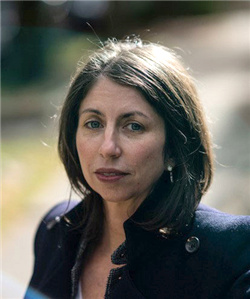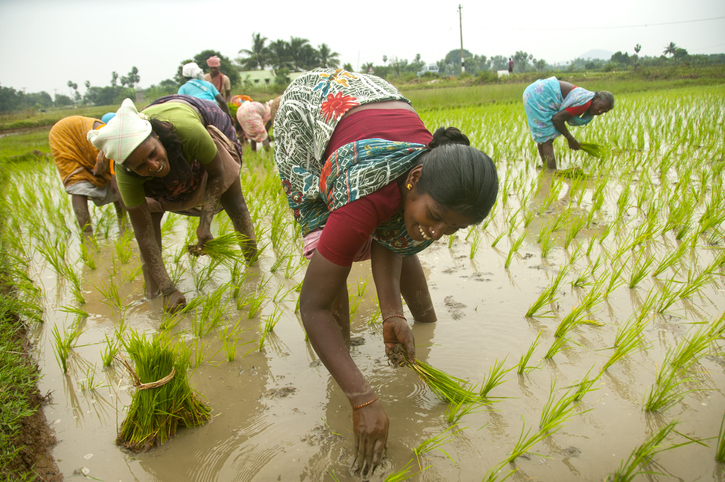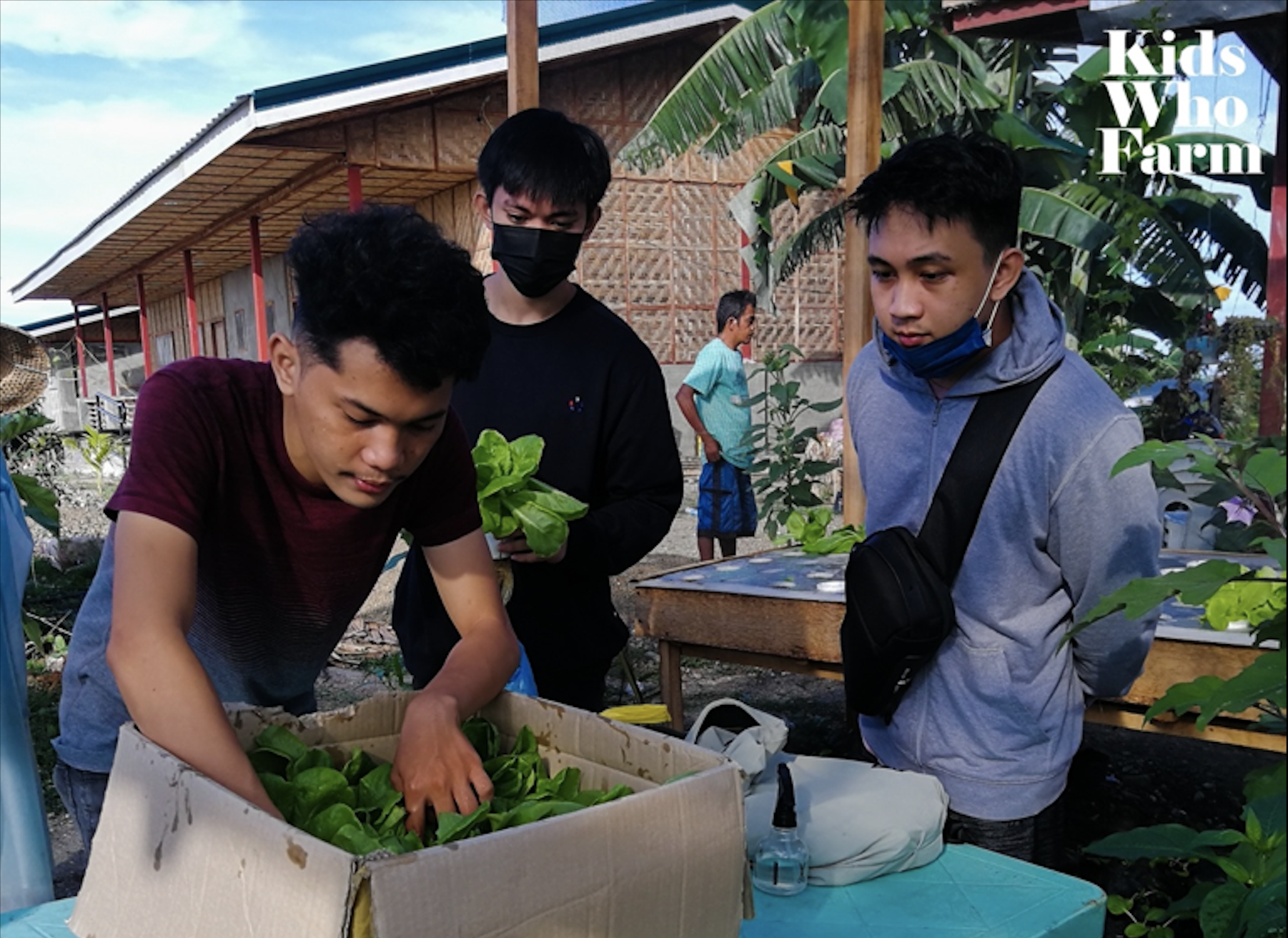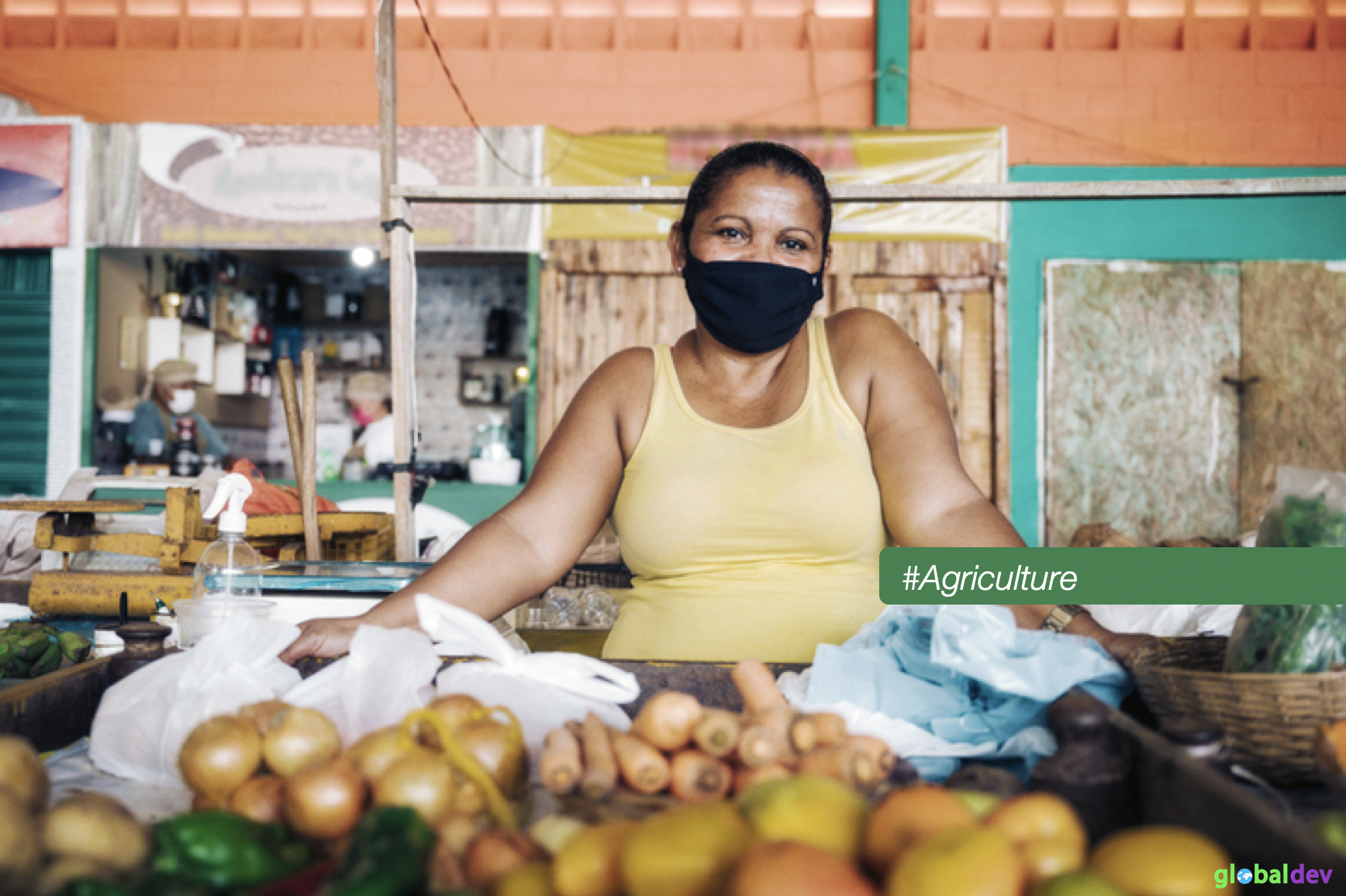Sub-Saharan Africa has a problem of persistently low agricultural productivity. Land reforms are a common policy for boosting productivity, as they tend to favor the goal of improving the efficiency of land use rather than ensuring more equitable access. But as this column explains, that objective can come into conflict with longstanding local community priorities and social norms related to fairness. The authors draw on evidence from rural Malawi and elsewhere to show that unlocking the potential of land and farmers requires taking account of views on equity, and providing formal and informal mechanisms to redistribute wealth and income.
Agricultural policy in low-income countries often involves land reforms: redistributing land, issuing titles, limiting sales and rentals, and imposing caps on ownership.
These reforms seek to balance considerations of equity and efficiency. On the one hand, equal access to land, which is an important input to agricultural production, might reduce poverty and income inequality. On the other hand, redistributing land towards the more productive might boost production, and facilitate migration and structural change.
With a history of low agricultural productivity, several countries in sub-Saharan Africa have favored efficiency arguments. A wave of land titling has swept the continent, supplanting customary use with formal land ownership.
While the academic and policy communities are divided on the expected effects of land titling, one aspect of the debate that has received little attention is the relationship between these formal policy changes and the existing informal institutions and norms relating to land ownership and use. Formal policy changes do not occur in a vacuum: they supplant or complement existing practices.
Here, we build on a case study in Malawi to explore one such set of norms and their relationship with a recent law change. The Malawi Customary Land Act, which took effect in 2018, fosters the registration of customary land as private land. The goal of the law is to encourage farmers to buy and sell land, and to rent land in and out, thereby reallocating land to those who might be more productive and able to cultivate it profitably. Formal ownership of land may also boost productivity by encouraging long-term investment in soils and plot improvements such as irrigation.
In a field study conducted in 2014–18 in rural Central Malawi amid this large-scale transition to formal land ownership, we visited 250 villages and collected data on the land ownership, agricultural production, soils, demographics, and market participation of 2,500 farming households.
Land sales are still fairly uncommon in this rural area, and hence we focus on the land rental market. In our data, 15% of households participated in the market as tenants, while 5% participated as landlords. These shares, which did not change over the course of the four years we followed the villages, are low even compared with other countries in sub-Saharan Africa.

Picture 1: One of the sample villages of our study
Farmers with whom we spoke often expressed a desire to participate more in land rental markets, to rent in more land to increase production, or to rent out land to allow them to engage in non-agricultural occupations, or even to migrate away from the village. With willing tenants and landlords, what was preventing farmers from increasing the amount of land they rent in and out?
We noted that the price at which land is rented seemed to play an important role. Farmers paid about $18 to rent one acre of land. As agricultural economists and scientists, we would have expected this price to vary in a predictable manner across plots within villages. Fields that have better soil, are located in more favorable locations, and have better agronomic potential should rent at relatively higher rates compared with fields in less favorable conditions. And yet this appeared not to be the case.
We examined the distribution of the rental rate in each of the 250 villages. These rates seemed bunched in villages, with overall little variation within villages. When we asked why, farmers pointed to social norms and practices in the village. Concerns about equity led farmers to place caps on what rental rates are allowed to be. These caps are not formalized, but enforced informally, through social sanctions.
The presence of such caps can help to explain the lack of activity in the land rental market. For example, a landlord with a valuable piece of land might be unwilling to rent it out at a rate that is considerably below its market value.
We then analyzed the relationship between these social norms and the rental rates. For each village, we computed rental rate range, defined as the maximum rate minus the minimum rate, to characterize the bunching phenomenon.
We elicited ideas about equity in two ways. First, we simply asked the farmers to imagine a series of scenarios and asked them to classify them as ‘very fair’, ‘fair’, ‘unfair’, and ‘very unfair’.
We also conducted an experiment in each village. Experiments are a common tool in fieldwork. They allow us to observe the behavior of individuals and groups in a relatively controlled environment. We conducted what researchers call a ‘dictator game’.
In the experiment, we asked farmers in each village to choose between two distributions. One distribution was fair, giving an equal amount of cash to every single farmer. The other distribution gave more cash overall, but was unfair, giving more to some farmers than others. The choice that farmers made in this experiment tells us something about their views on equity: in almost 40% of the choices, farmers opted for the fair distribution.
We use the percentage of farmers in each village opting for the fair distribution as a measure of their views on equity. As these are village-level measures, we interpret them as measures of fairness norms. Figure 1 presents the relationship between the range in the rental rates (by village, on the vertical axis, in logarithmic terms) and the strength of the fairness norms (by village) on the horizontal axis. Villages with stronger fairness norms have smaller ranges in their rental rates.

Figure 1: The graph shows the relationship between the predicted* natural log of rental rate ranges (by village, on the y-axis) and the strength of the fairness norms (by village) on the x-axis.
*predicted on the fairness norms and economic and demographic village characteristics
Further analysis suggests that fairness norms provide a cap for landlords, lowering the maximum rent they can charge. They also create a cap for tenants, increasing the minimum rent they pay. Both caps can affect the thickness, or reduce participation, in the land rental market.
As policy-makers seek to move towards formal land ownership, aiming to jumpstart agricultural land markets and unlock the potential of the rural hinterland, they appear to opt for efficiency over equity. But changing Malawi’s land tenure system, where farmers do not own their land outright and their access to land is regulated by communal customs, might be less straightforward than anticipated.
The social fabric of the villages, notably the fairness norms that we and others have observed in Malawi can be expected to interact with these formal policies, possibly impeding their implementation and limiting their expected effects.
To unlock the potential of land and farmers in Malawi and elsewhere, institutional design might consider more deliberately how local norms and preferences towards equity can work in tandem with formal and informal mechanisms aimed at redistributing access to land. Perhaps there could be deliberative spaces that make an implicit norm more explicit within a community. Such discussions could give rise to institutional innovations in communities in which such norms are strong.
It is also worth considering the further expansion of credit and insurance into rural areas, or a well-designed crop pricing policy. Overall, inviting local experimentation, in the form of institutional and program innovations, might be a useful avenue forward for researchers, practitioners, and policy-makers aiming both to increase productivity and to keep inequality in check.










